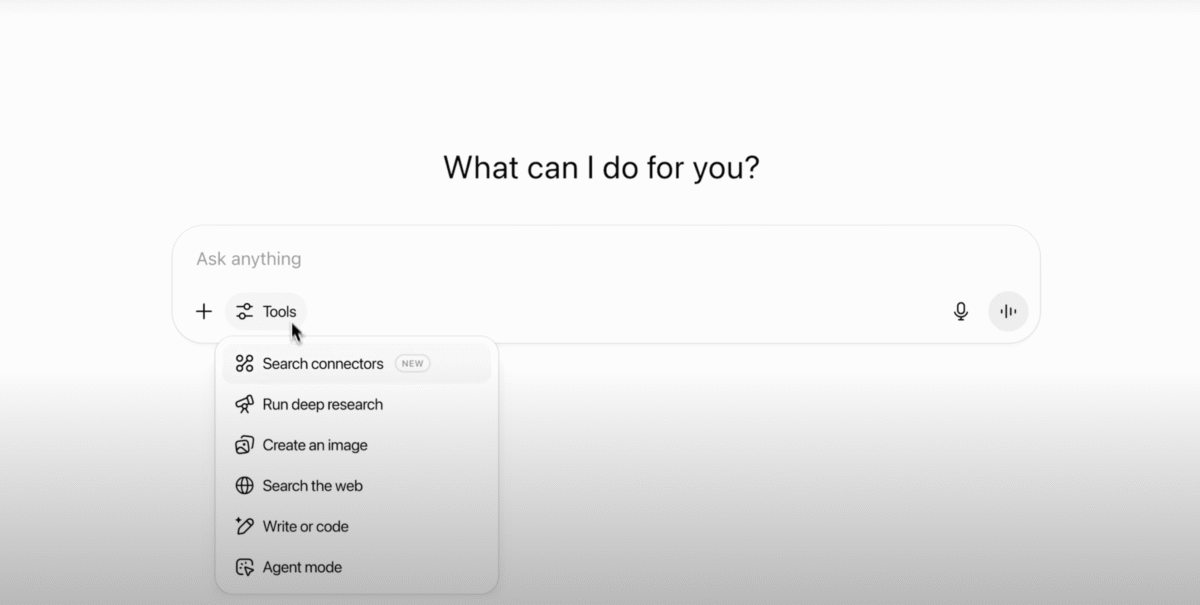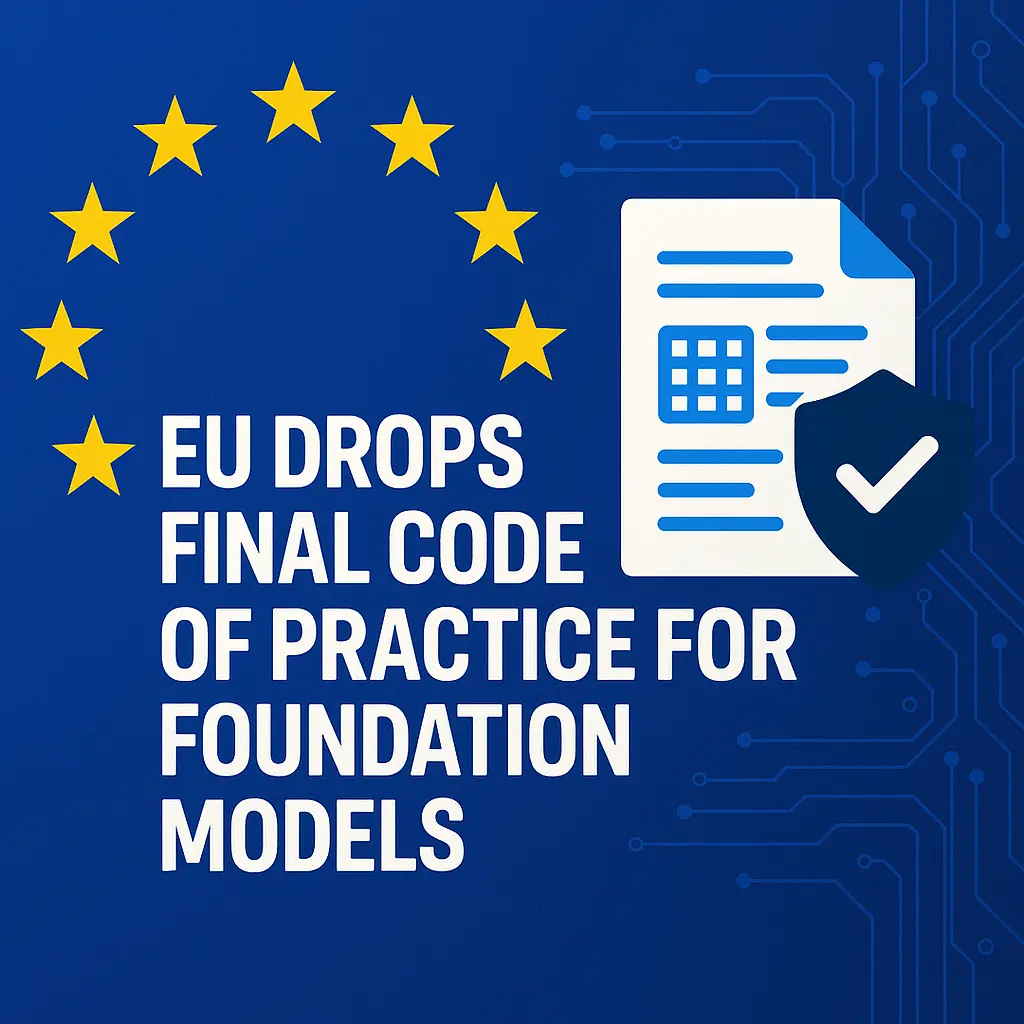TL;DR Key Takeaways
• OpenAI’s new Agent mode lets ChatGPT browse the web, click buttons, run code and fire off emails on your behalf.
• It’s rolling out now to Pro accounts (400 actions/month) and Plus/Team tiers (40).
• Guardrails include confirmation pop‑ups, a replay log and risk classifiers.
• Expect faster spreadsheet builds, slide‑deck creation and data pulls—but slower, multi‑hour runs for complex jobs.
• The feature puts heat on Microsoft Copilot and hints at where GPT‑5 is heading.
Why This Post Matters
If you’ve ever wished ChatGPT could finish the work it starts—crunching CSVs, filling forms, even typing that follow‑up email—Agent mode is aimed straight at you. Below is a quick tour designed for tech‑curious readers who don’t necessarily live and breathe code.
1. What Is Agent Mode, Exactly?
Think of it as giving ChatGPT a rented laptop in the cloud:
| Tool in the Box | What It Does |
|---|---|
| Visual browser | Clicks, scrolls, uploads files, takes screenshots |
| Text browser | Scrapes sites rapidly for keywords |
| Terminal | Runs Python, converts data, resizes images |
| SaaS connectors | Pulls email from Gmail, sales from Stripe, issues from GitHub |
👉 Real example: Ask, “Compare three CRM vendors, build a pricing table in Sheets and draft a purchase‑order email.” Agent mode opens vendor sites, scrapes plans, drops numbers into Google Sheets and leaves you an editable email draft ready to send.
2. Why Should You Care?
- Productivity bump. Early testers shaved hours off monthly report prep and slide‑deck generation.
- Safety story. Confirmation dialogs kick in before purchases or log‑ins, and every step is recorded in a replay log—handy for audits.
- Competitive ripple. Microsoft 365 Copilot just got a new, nimble rival; expect Google and Anthropic to answer soon.
For a deeper dive into autonomous AI agents, check out our guide: How AI Agents Work Under the Hood.
3. Limits & Gotchas
| Caveat | Why It Matters |
| Action caps | 400/month (Pro) or 40/month (Plus/Team) could feel tight for power users. |
| Latency | Simple research wraps in minutes; a cupcake order demo ran nearly an hour. |
| Regional rollout | Not yet live in the EEA or Switzerland—GDPR alignment is still in progress. |
| Memory off | Long‑term memory is disabled until OpenAI hardens defenses against prompt‑injection attacks. |
4. What’s Next?
- Usage‑based billing – If power users burn through caps, watch for action‑pack upsells.
- Connector explosion – Expect Notion, Airtable and Salesforce to appear on the plug‑in list.
- Mobile hand‑off – OpenAI hints your phone app will ping you when long jobs finish.
- Toward GPT‑5 – Many see Agent mode as a test bed for a future model that can blend voice, vision and execution seamlessly.
“The goal is utility—an assistant that can actually do the work, not just talk about it,” OpenAI CEO Sam Altman said during the launch livestream.
5. Bottom Line
ChatGPT Agent is OpenAI’s loudest signal yet that the AI race is shifting from conversation to completion. If the company can keep tasks reliable, control safety risks and nail pricing, Agent mode could redefine everyday productivity—and push rivals to speed up their own agentic features.
Like What You Read?
- Share this post with a friend who still manually copies data into spreadsheets.
- Subscribe to our AI Trend Scout newsletter for one fresh AI story every week—no fluff, just signal.
- Got questions? Leave a comment below or ping us@AITrendScout.


